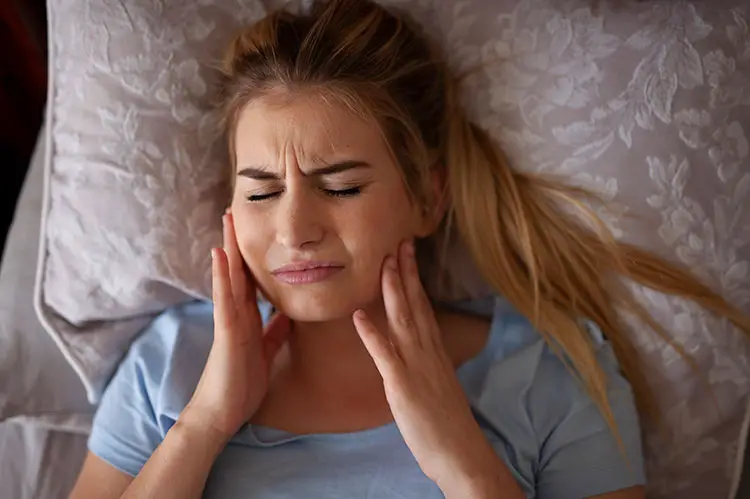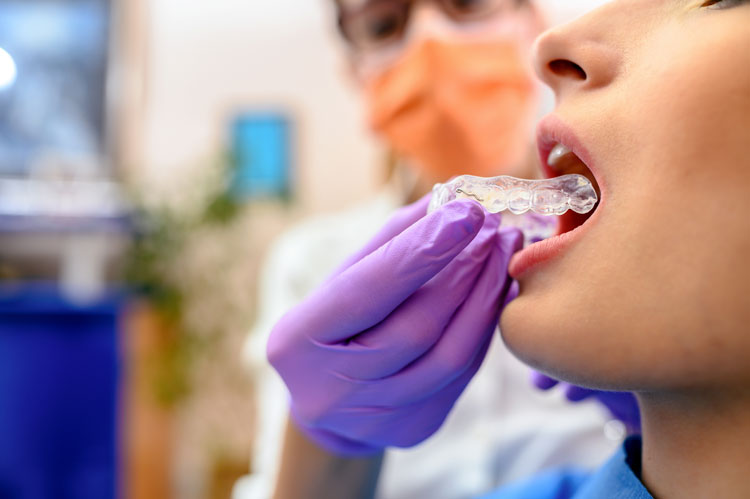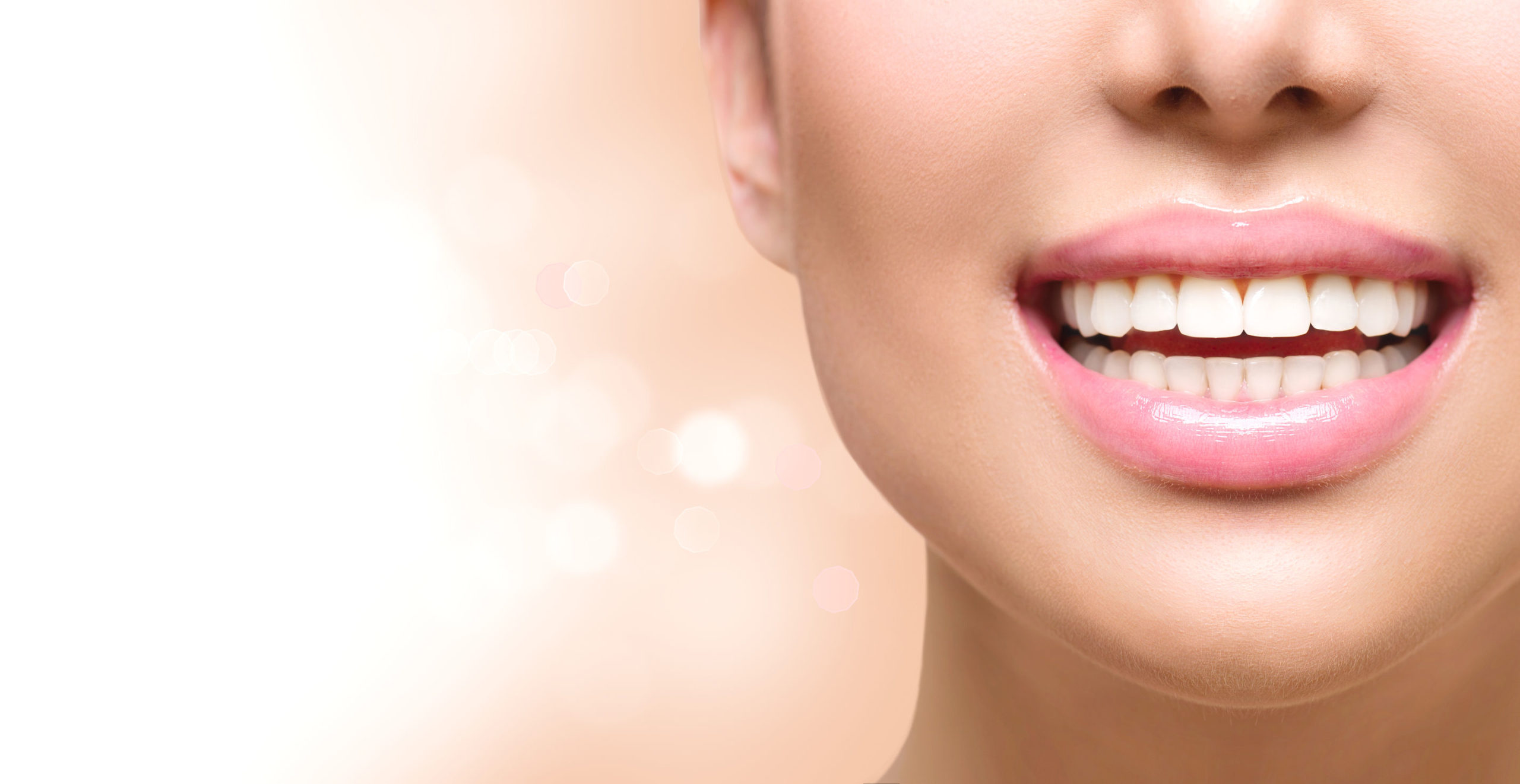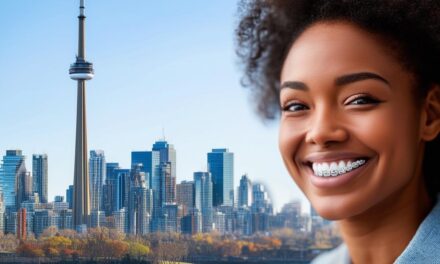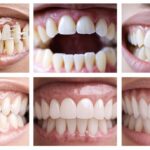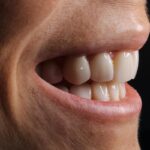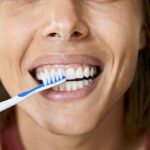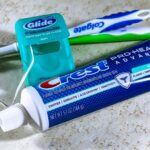Science fiction author Aldous Huxley once wrote on what it means to be enthusiastic in old age: “The secret of genius is to carry the spirit of the child into old age, which means never losing your enthusiasm.”
What better way to show your enthusiasm than with a wide, beaming smile? A healthy, youthful smile can go a long way in reversing the way age shows on your face. The healthier your smile, bite and jaw alignment, the younger you can look.
The good news is that the dental issues associated with age can be addressed either with preventive dental measures or responsive treatment. In fact, Kristen Crossley at Pharmacy Times reports that adults 65 and older are expected to account for an increase in a greater dental patient population in the coming years. We want to help you get to the bottom of which options will work best for you.
In this post, we dive into the reality of how aging impacts your dental health and the promise of age-reversing dentistry — including how Dr. Sam Muslin’s Dental Face Lift® is a non-invasive, non-surgical approach to treatment.
How Bad Bite Issues Impact the Appearance of Aging
Age has a natural impact on our physical health and appearance — and our jaws and teeth are no exception.
In particular, your mouth, bite and smile change with age. These changes often come as a result of multiple issues over the years:
- Simple wear and tear can break down the strength of your teeth.
- Periodontal disease can lead to unhealthy gums and lost teeth.
- A shifting jawbone can cause teeth overlap.
At the forefront of most people’s minds is unhealthy and lost teeth, receding gums and the possibility of disease.
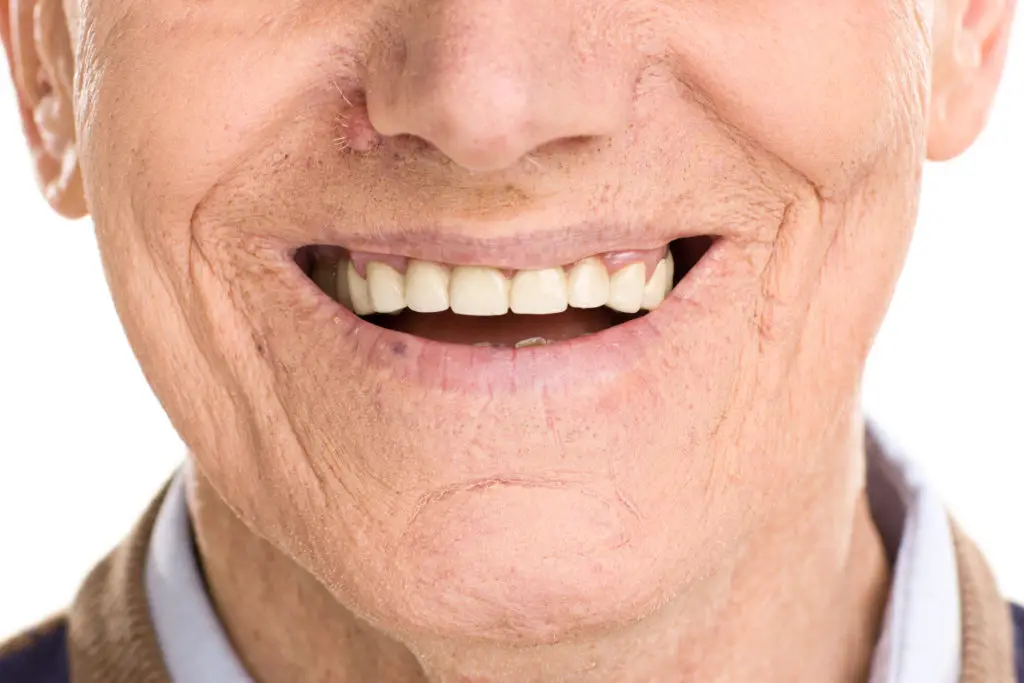
Besides these increased health risks, aging can also affect the face of your face due to a shifting jaw and lost teeth. For example, Kristeen Cherney at Healthline calls the possibility of a receding chin a natural part of aging. Plastic surgeon Derek M. Steinbacher points out a few ways age impacts our face:
- Osteoporotic (bone) changes and bone resorption causes a shrinking appearance.
- Loss of teeth can lead to less support for lips and teeth.
- The upper jaw bone (maxilla) shrinks upward and backward; the lower jaw bone (mandible) shrinks downward and forward. This is what gives the ‘toothless’ appearance in many elderly people.
- Over time, the chin appears more prominent while the upper jaw is recessed.
The “facial skeleton is a biologic system, undergoing regular remodeling,” Dr. Steinbacher concludes. While that remodeling may affect your bite and jaw alignment, it is possible to treat.
Pediatric dentist Rosalyn Sulyanto explains where the weak chin in older adults comes from: “When older people lose their teeth, the portion of the jaw bone that held those teeth in place does not maintain its previous height and thus appears to waste away.” In other words, a weak chin and the development of facial collapse can be attributed to losing teeth, which in turn leads to a weakening and shifting of the jaw.
For an example of what a weak chin — and treatment for the jaw position — looks like, check out this case study from Dr. Sam Muslin. The patient showed deep wrinkles, a short lower part of the face and squeezed lips. This was all primarily due to the misalignment of the jaw that got worse with age.
Wearing down your teeth is almost impossible to avoid with age, according to a WebMD article reviewed by dentist Michael Friedman. Chewing, grinding and biting heavily affects your bite over the years. But that doesn’t mean it can’t be restored or even avoided in the first place. The article concludes: “You can’t erase a lifetime of wear and tear, without having it restored by a dentist, but you can keep it from getting worse.” So what are these preventive and responsive measures?

Preventive Measures and Responsive Treatment
First up is prevention. “There is a strong body of research demonstrating that properly addressing dental problems helps prevent various medical complications and reduces overall healthcare spending,” dental surgeon Sahiti Bhaskara at the Center for Oral Health notes. “However, in contrast to the growing awareness about children’s oral health needs, the oral health of older adults in the U.S. has received relatively little attention and few public health or public policy interventions until recently.”
The American Dental Association makes several suggestions in its guide to aging and oral health. It recommends adopting healthy oral care at home, being conscious of your diet and lifestyle, and seeking out dental care regularly. Taking even these preliminary measures can help your teeth last, even if you have implants or dentures.
These are answers to some of the health conditions covered above. But what about a weak chin or the possibility of facial collapse? Even then, there is room for prevention.
Quality dental care early in life can help the longevity of your teeth, gums, and jaw, dentist Steven Lin points out. And you need to maintain your mouth. “For those of us who had dental work in the past, making sure that you give it the best chance of lasting well into your old age is a big consideration in the longevity of your teeth,” he adds. This applies to fillings, crowns, and implants equally.
Outside of prevention, there are dental procedures that can produce a positive effect on your smile as age takes its toll. Some options include jaw surgery or dental implants — but another approach is The Dental Face Lift®.
Anti-Aging Bite Correction: The Dental Face Lift®
Bite correction dentistry is set apart from other forms of cosmetic dentistry because it is not just about the smile. Cosmetic dentistry focuses on veneers and implants to improve the appeal of the smile. In contrast, bite correction dentistry can actually reverse years of aging from the face by adjusting the position of the jaw.
Dr. Sam Muslin’s anti-aging Face Lift Dentistry® with VENLAY® Bite Restoration is non-invasive and non-surgical, meaning a patient’s bite is corrected and the various impacts of age are diminished with no risk or discomfort. The idea is to find the ideal alignment of the jaw and gently correct the bite to match that alignment. The end result is the reversal of any shrinking or deterioration you may have experienced — along with an age-defying smile.
Images: dmbaker/©123RF Stock Photo, ljupco/©123RF Stock Photo, wavebreakmediamicro/©123RF Stock Photo


